What do these have in common: trying a new restaurant, visiting a doctor in the same medical building he or she has been in for a decade, and standing in the lobby of a business waiting to be interviewed? On the surface may be nothing, but doing each of these created an experience that likely evoked emotions and upon mention, allowed you to instantly retrieve some mental images. Were the experiences positive or negative? Why?
The best businesses plan and orchestrate the customer experience. They hire the right people and guide you through their desired process to get you to take the desired action. They create a physical environment that reflects who they are and what they do. They want you to tell 10 people about your experience because they know that the customer experience is what builds brand loyalty and what creates real, sustainable long-term growth and value for companies.
An important component of an experience is visual – specifically what a person sees and what seeing helps them do.
Using vivid colours and large photos of menu items are engaging as décor in a fast-food restaurant but would be unappealing in an upscale restaurant where a better experience could be created with more subtle graphics like printed window shades, ambiance digital signage, and custom murals on walls.
Displaying hanging banners with people playing sports or using floor graphics to remind patients to drink eight glasses of water each day can warm up a drab building. They also create a better experience for patients visiting a doctor in the same building that they have visited for many years.
A prospective employee standing in the reception waiting to be interviewed can learn a lot about the culture of a company by the types of—or absence of—signs and graphics displayed.
Within the SIGNWAVE network of centres and headquarters, we’ve created visual experiences using many of the products and services that we sell to help companies brand their building, show their products and services, recognise people and performance, and improve wayfinding and promote the culture.
We took photos of just a few of the ways we incorporate our branding into our signs and visual graphics. Here is a sample of 11 ideas for experience-building visual communications that you can integrate into your office or facility décor:
- Window shades to allow light in while branding a room
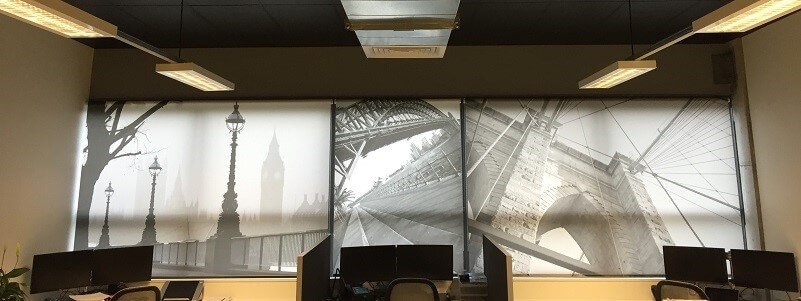
- Privacy graphics on office windows
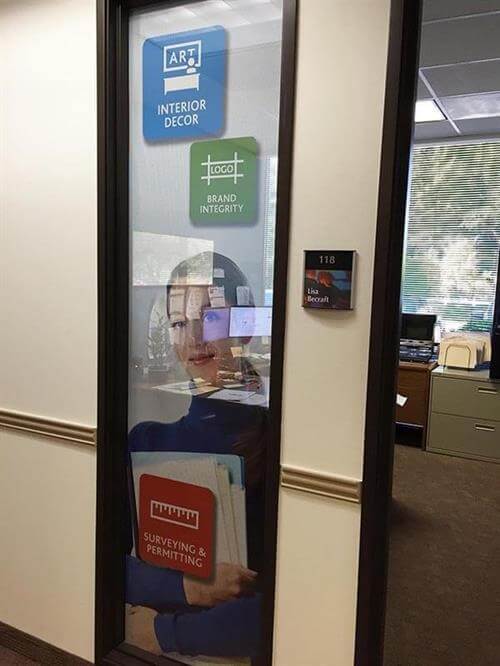
- Ceiling tiles to extend décor

- Room and department identification
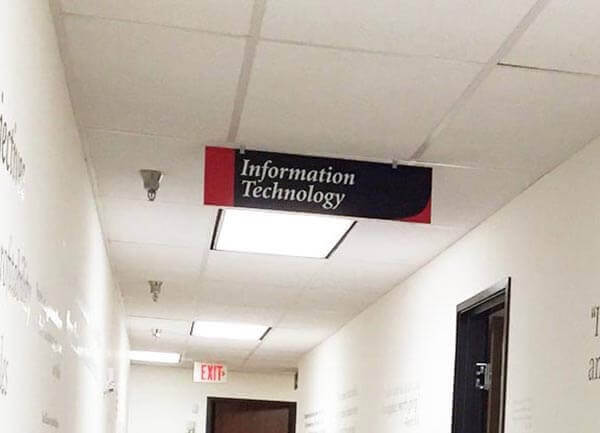
- Wayfinding (both static and digital)
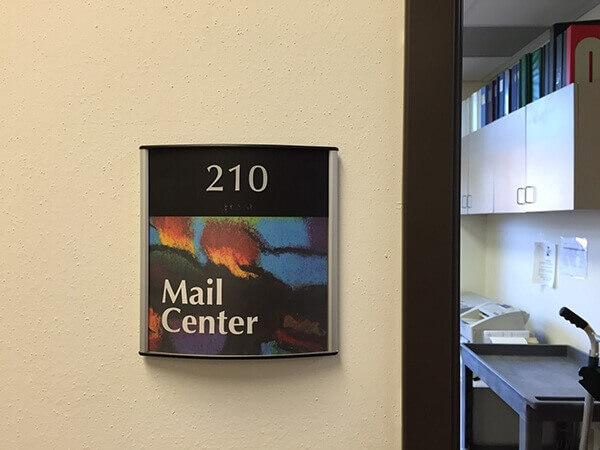
- Conference room and table graphics

- Digital signs to engage, inform and promote activities
.2206171429297.jpg)
- Removable graphics and magnetic walls
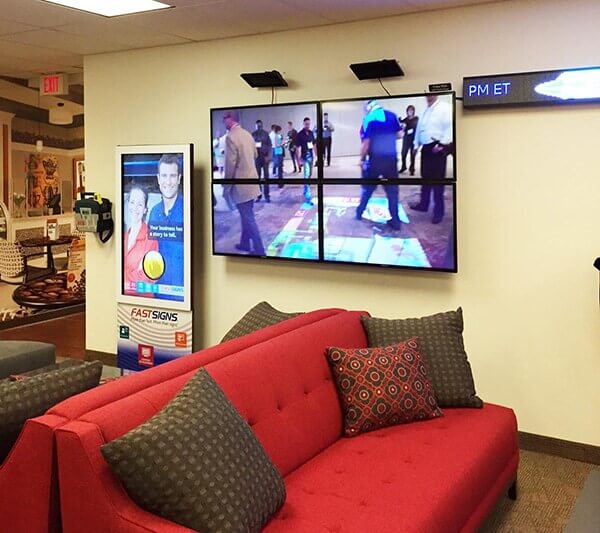
- Wall murals to tell a story and/or transform a room
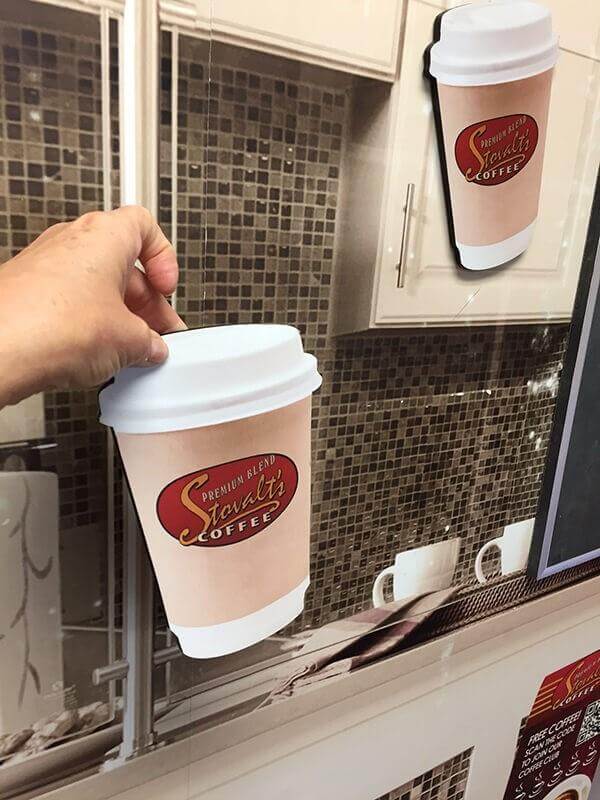
- Vinyl wall graphics to help build a culture
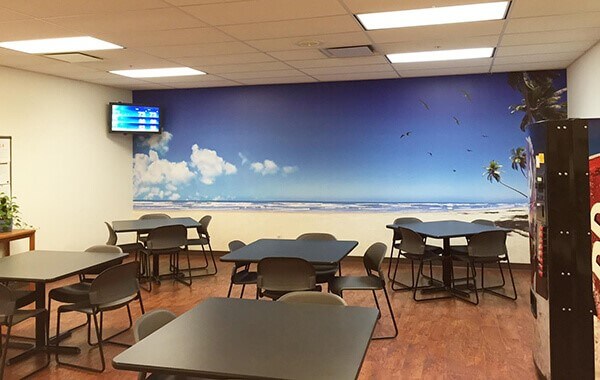
- Canvas art prints
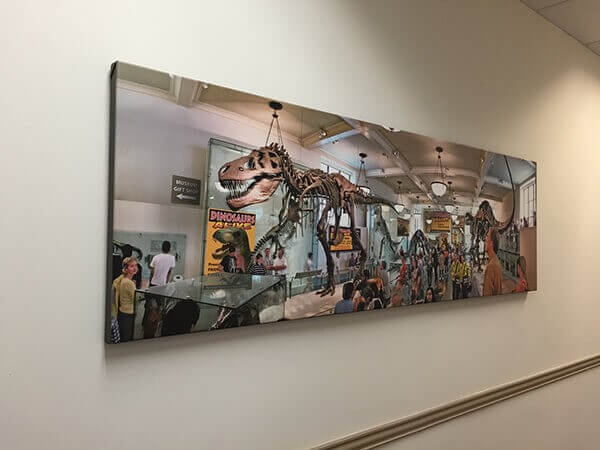
While the visual portion is only part of creating a great experience, it is an important one. Use these thought starters to assess your facility’s current signage and determine how experience-creating graphics can help your organisation build engagement with visitors, employees, customers, students, and other relevant audiences.